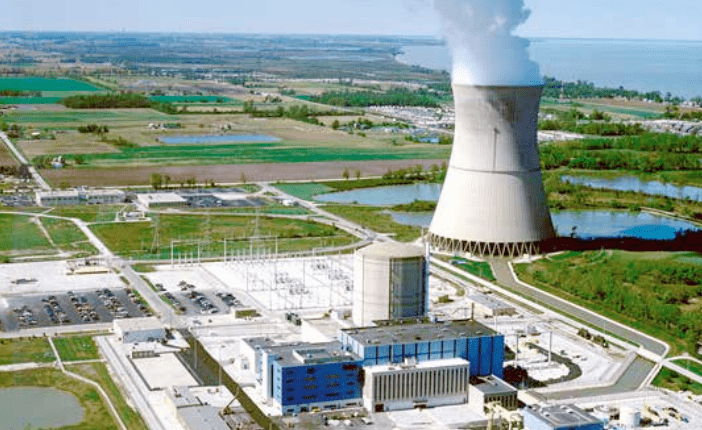The United States is the world’s largest producer of nuclear power, with 56 nuclear power plants in commercial operation, according to U.S. government data.
These nuclear power plants generate approximately one-third of the world’s nuclear electricity and comprise 93 light water reactor units in 28 states.
Over this area, the Nuclear Regulatory Commission (NRC) is responsible for industry oversight, including reactor safety, materials safety and materials licensing, waste management, and reactor license issuance and renewal.
While the NRC is required by law to recover approximately 90% of its annual budget from the nuclear industry, reactor licenses are issued for an initial period of 40 years and can be extended for an unlimited number of 20-year periods.
Most of the reactors were built between 1967 and 1990. Units 3 and 4 at Georgia’s Alvin W. Vogtle power plant, scheduled for completion in 2022 and 2023, are the first new nuclear units to be built in the United States in more than 30 years.
Federal loan guarantees and tax credits similar to those provided for renewable projects have been provided to support the project.
Nuclear power
Faced with competition from shale gas and subsidized wind power, several nuclear power plants have closed before the end of their operating licenses in recent years.
High repair and refurbishment costs, as well as compliance with stricter environmental requirements, have also been contributing factors.
Three states (New York, Illinois and New Jersey) have introduced zero emission credit programs to subsidize their nuclear power producers to ensure the long-term operation of reactors.
The Nuclear Waste Policy Act of 1982 made the final disposal of such waste a federal responsibility, and a fee is levied on all nuclear power generated for the benefit of the Nuclear Waste Fund.
To date, more than $44 billion has accumulated in the fund.
Because there is no central repository, nuclear waste continues to be stored on-site, and nuclear companies receive about $800 million per year in compensation for their storage costs.

